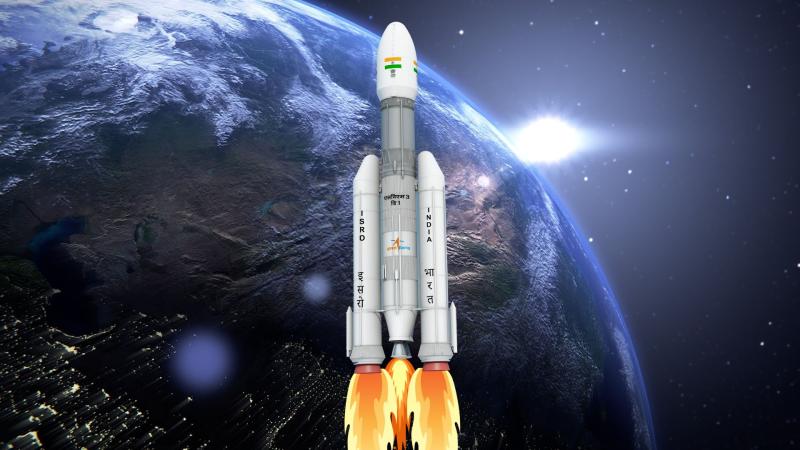
The Indian Space Research Organisation (ISRO) has achieved another leap in its quest for self-reliance in space, successfully launching the heaviest communication satellite ever lifted from Indian soil using its formidable heavy-lift rocket, the Launch Vehicle Mark-3 (LVM3). Affectionately nicknamed ‘Bahubali’ for its sheer power, the LVM3-M5 mission placed the critical 4,410 kg CMS-03 spacecraft into a precise Geosynchronous Transfer Orbit (GTO) on Sunday, November 2, 2025, from the Satish Dhawan Space Centre.
The successful launch is vital to national security and strategic autonomy, as the multi-band CMS-03 satellite, also known as GSAT-7R, is specifically designed to serve as the new backbone of the Indian Navy’s communications network. This advanced satellite will provide secure, real-time voice, data, and video links across a wide expanse of the Indian Ocean Region, drastically improving the Navy's maritime domain awareness and coordination between ships, submarines, and aircraft.
The star of the mission, the LVM3, is ISRO's flagship heavy-lift launch vehicle, standing 43.5 meters tall and weighing 642 tonnes at liftoff. Its successful performance proves India’s capability to launch satellites weighing up to 4,000 kg into GTO.
This milestone demonstrates India's self-sufficiency in a crucial area of space technology, paving the way for larger, more complex indigenous missions in the future, including the nation’s crewed space flight program, Gaganyaan, for which the LVM3 is the designated launcher. The satellite separated from the three-stage rocket just 16 minutes after lift-off, marking the fifth successful mission for the LVM3 vehicle.






